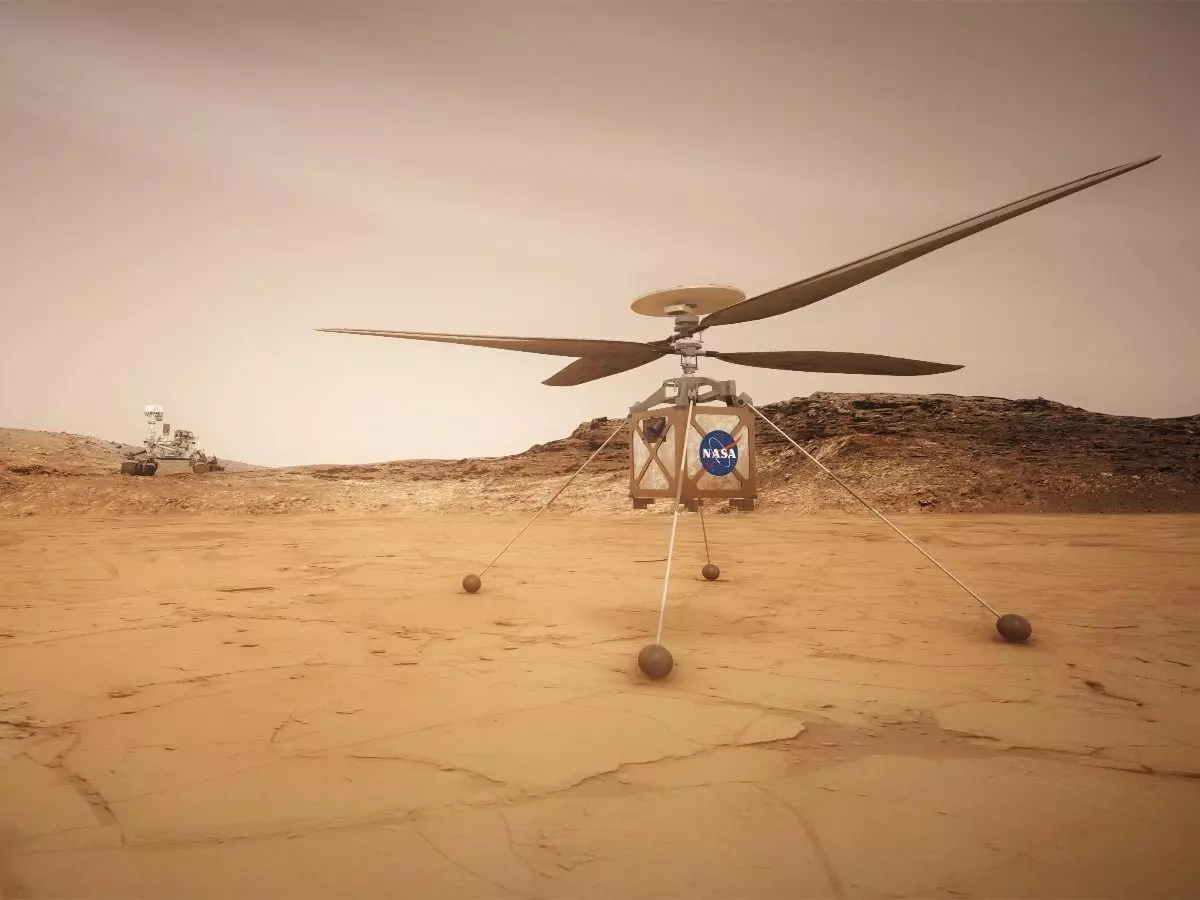This Is The 1st Helicopter That Will Fly On Mars In 2021, And It Just Passed A Big Test By NASA
NASA is set to send a spacecraft to Mars, one that will launch in 2020, with a new rover to explore. NASA¡¯s also plans to send an autonomous helicopter, one designed to fly in the thin atmosphere, and they just successfully tested it.

NASA is set to send a spacecraft to Mars, one that will launch in 2020, with a new rover to explore.
NASA's also plans to send an autonomous helicopter with the new high-tech rover, one designed to fly in the thin atmosphere, and they just successfully tested it.

The aircraft that will cruise over the red planet just had its maiden flight, and its engineers are incredibly excited with the results.
"The next time we fly, we fly on Mars," said MiMi Aung, the project manager JPL, in a news release.
The current model has about an hour of flight time, but the engineers are satisfied they don't need to run any more tests until the chopper reaches Mars.
"Watching our helicopter go through its paces in the chamber, I couldn't help but think about the historic vehicles that have been in there in the past," Aung said. "The chamber hosted missions from the Ranger Moon probes to the Voyagers to Cassini, and every Mars rover ever flown. To see our helicopter in there reminded me we are on our way to making a little chunk of space history as well."
For those of you confused as to why they needed tests, a helicopter meant to fly on Mars needs a bit of tweaking. Mars has about one-third the gravity of Earth, but it also has about 99 percent less air. That means the engineers at JPL have had to work hard to balance the helicopter's weight and shape to give it the best chance of staying airborne.
The highest a helicopter has flown on Earth is about 40,000. But on Mars, the chopper will be flying in an atmosphere equivalent to at 100,000 feet above the Earth's surface. In order to keep it airborne in this, the engineers have made the drone just 1.8kg and about the size of a small melon. Additionally, its rotors also move 10 times faster than normal.
When the spacecraft lands on Mars, the helicopter will only detach from the rover after a few months. Immediately, it will perform a few test flights of up to 90 seconds. After that, it will mostly operate autonomously, given that it would take half an hour to send it commands.
The helicopter has batteries and solar cells to recharge, as well as tiny landing struts. It will gradually attempt flight further and further away from the drone each day over a 30-day period, flying at a height of about three metres. The engineers believe it will eventually end up hundreds of metres away from the rover, allowing them to explore a much wider area.
